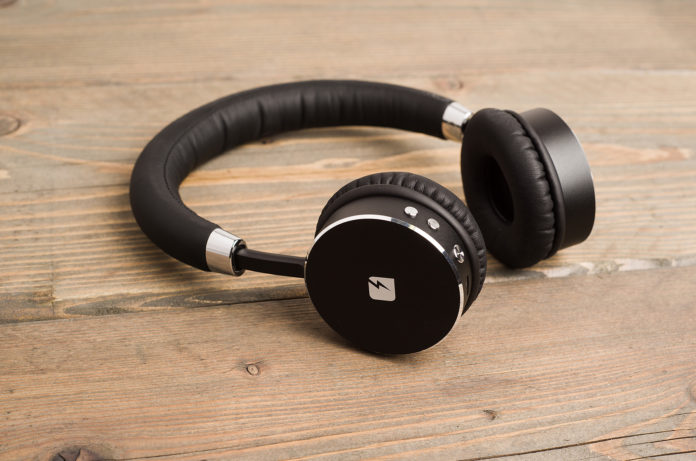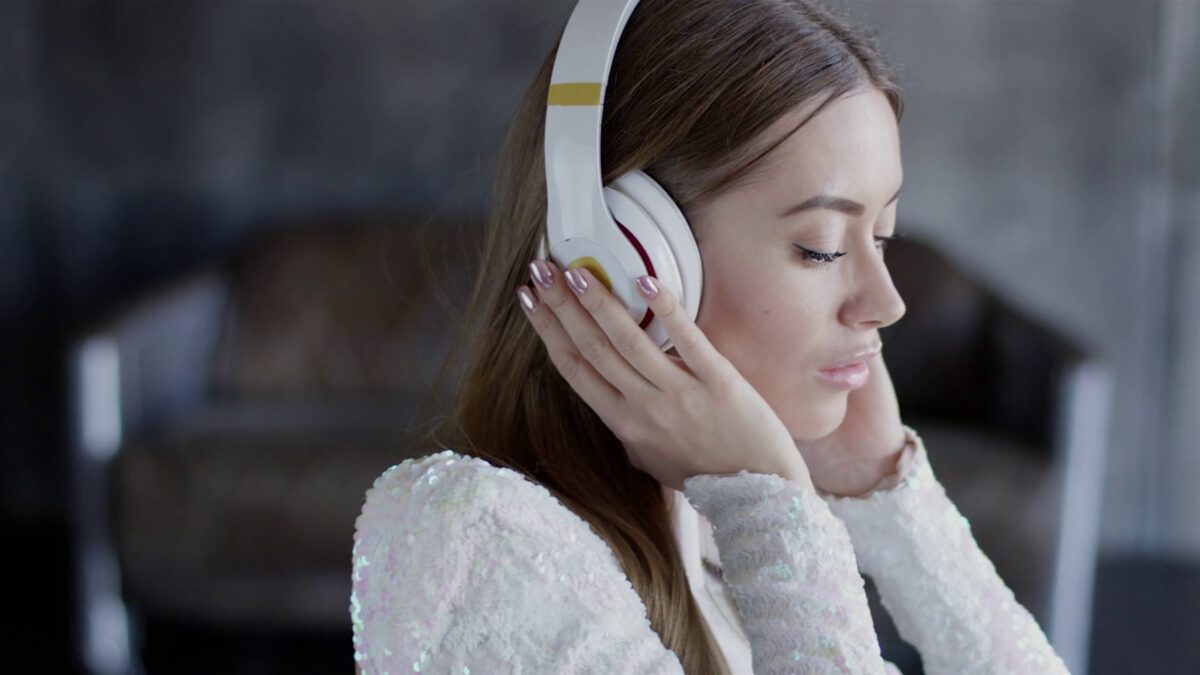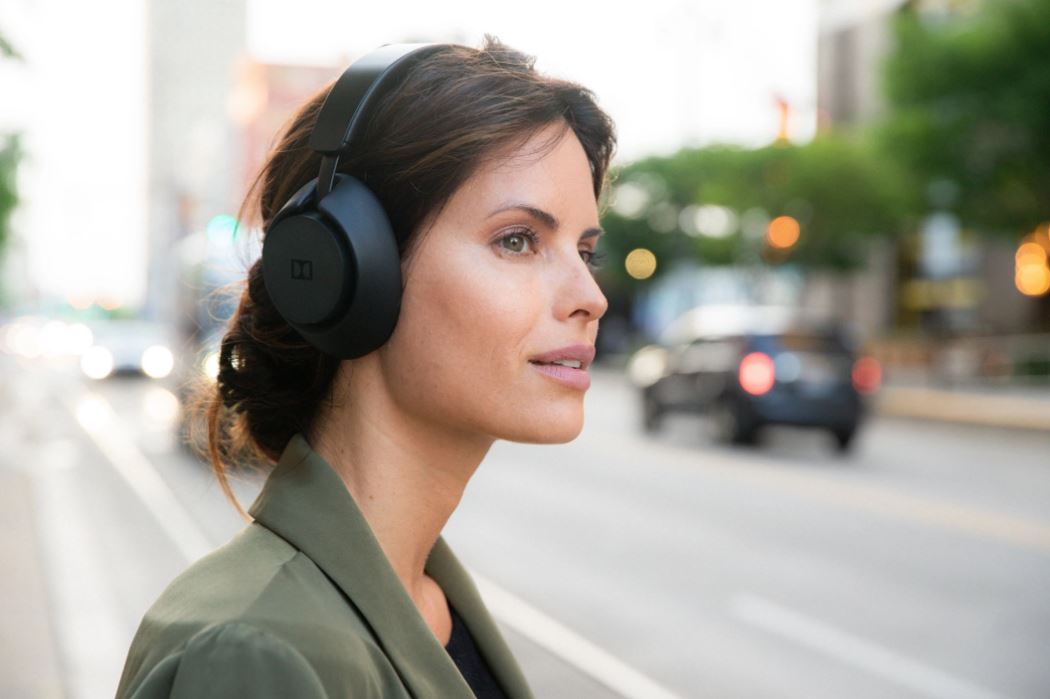
If you are about to buy wireless headphones, before launching yourself to stores, first check out this guide. This way you can make sure that the choice you are going to make is the one that best suits the use you are going to give them. Headphones have become an essential accessory today, especially now that many mobile phones are eliminated 3.5mm jack. In the market there are plenty of models for sale, so the task of choosing the ones that best fit your needs can be quite complicated.
To help you out, the experts of the buyers trend have prepared this guide for you to buy wireless headphones, with useful tips that will help you make the right choice.
Define your Priorities
First of all, the first thing you have to do is define what your priorities are. Surely you would like to buy a small, lightweight, comfortable Bluetooth headset, with great autonomy, exceptional sound quality, and a tighter price, but unfortunately, it is not possible to have everything.

Therefore, the first step is to sort the features that you would like your new wireless headphones to have based on their priority. Decide if the most important thing is sound quality, portability, comfort or autonomy, define the secondary characteristics that you want to enjoy and set a budget. From this initial list you can start looking for the model that best suits your needs.
Types of Headphones
After defining your priorities, you are ready to review the types of headphones on the market and choose those that best meet your prerequisites. Here are the characteristics of the three main categories:
- Circumaural headphones. It is the largest headphones because they cover the entire auditory pavilion and sit around the ear. These models do not usually have a compact or foldable design, so portability is not their strong point. In return, they are the ones that provide you with the best insulation, they are comfortable to wear and their sound quality is excellent.
- Supra-aural headphones. They are the headphones that cover the auditory pavilion and are placed over the ear. Its design is more compact than that of circumaural, so they are lighter to transport, but for this, they sacrifice the sound quality and noise isolation offered by the former.
- Ear headphones. It is the smallest, lightest and most portable type. They weigh nothing and can be stored anywhere. They are placed inside the auditory hall and their main drawback is that they are not too comfortable to wear if you listen to music for a long time. If you decide on this category, it is important that you look for pads that fit well with the morphology of your ear. Click here to read more about wireless earbuds and how they work!

In case you choose circumaural or supraaural headphones, another decision you have to make is if you opt for an open or closed pavilion model. Open-paired headphones are those that do not have a casing that covers them, so there is no insulating material that isolates the music you hear from outside. Therefore, people around you will also be able to hear what you are reproducing. However, despite this inconvenience, they have the advantage that the sound quality is better, since they have no reverberation problems as it can happen in closed models.
The closed-pavilion headphones are the most popular, and these are those that have housing that covers the headset. The material isolates the sound from the outside, so that they are more discreet, others will not be able to hear what you are hearing and also isolate you better from the noise. As we said, the main drawback is sacrificing sound quality.
Material Considerations

Another aspect in which you have to fix before buying a Bluetooth headset is the material in which the structure is made and especially the pads. In the case of circumaural and supraaural models, leather pads are often marketed as a premium feature. This is because the leather helps create a seal around the ear and helps the bass sound louder, but it has the disadvantage that it does not perspire as well as other high-quality materials, for example, the sewage fabric, something that can take your toll in the summer months.
The headband is another element that you have to observe if you decide on circumaural or supraaural wireless headphones. Manufacturers point out that this is the most critical component since it depends on the fit and durability. For this reason, make sure that the headband is made of a resistant material and that it does not deform easily.
If you have decided to buy in-ear or in-ear headphones, you have to keep in mind that the pad material is what guarantees your comfort. It is best to choose a model that provides adequate support, that is soft enough not to hurt you but at the same time that it is firm so that you do not end up falling from your ear.
Sennheiser offers studio headphones and headsets for all kinds of application, from monitoring to video control. High-quality headset microphones ensure outstanding speech intelligibility in any surrounding.
Technical characteristics and specifications

The next step in choosing wireless headphones is to observe the technical characteristics and specifications. Below we indicate what aspects you have to take into account to succeed in your choice.
- Impedance. The impedance is measured in ohms (ohm) and is a value that indicates the resistance to the passage of electric current. The lower the value, the greater the volume, although a larger volume does not imply better audio quality. If the impedance is very high you can find problems of lack of power, especially if you listen to music on a mobile device. To listen to music on the Smartphone, the most recommended are 16 or 32-ohm models.
- Sensitivity. This parameter refers to the output power and is measured in decibels (dB). A maximum of 100 dB is recommended for the human ear and higher figures may cause damage. Usually, starting at 125 dB, pain begins to be felt.
- Frequency response. This parameter is measured in hertz (Hz) and refers to the frequency range that the headset reproduces. Ideally, it offers audible frequencies by the human ear, ranging from 20 to 20,000 Hz.
- Power. It is measured in milliwatts (mW) and is about the electrical power that the headphones have.
- The battery life of the wireless headphones varies depending on the type and model. The circumaural and supraaural can offer you several days of battery life, while the intransitive provide you with five to eight hours. Also check if they have fast charging, as this feature will save you time.
- Bluetooth version. The version of Bluetooth that the headphones integrate affects the audio quality, range and battery consumption. If possible, try to equip Bluetooth 5.0, the latest version of the standard and otherwise Bluetooth 4.1.
- Bluetooth profiles. While Bluetooth technology is what defines the wireless connection between two devices, Bluetooth profiles establish the commands and functions that can be exchanged through this technology. The HSP (Headset Profile) and HFP (Hands-Free Profile) profiles are those required for the usual actions of the Bluetooth mono headset, while A2DP (Advanced Audio Distribution Profile) and AVRCP (Audio / Video Remote Control Profile) are the ones that need Stereo headphones
- Bluetooth codec. The codec’s are the software used to encode and compress the audio that is sent wirelessly via Bluetooth, and allow the transmission to be fast. The main codec’s are as follows: SBC is the standard, but has a slightly high latency and can be noisy; AAC, with better sound quality than the previous one; aptX encodes the audio more efficiently and improves sound quality; LDAC, Sony’s audio coding technology, can transmit up to triple the amount of data that SBC and improves audio quality.
Now you already know everything you need to buy a wireless headset and get it right in your choice.
















